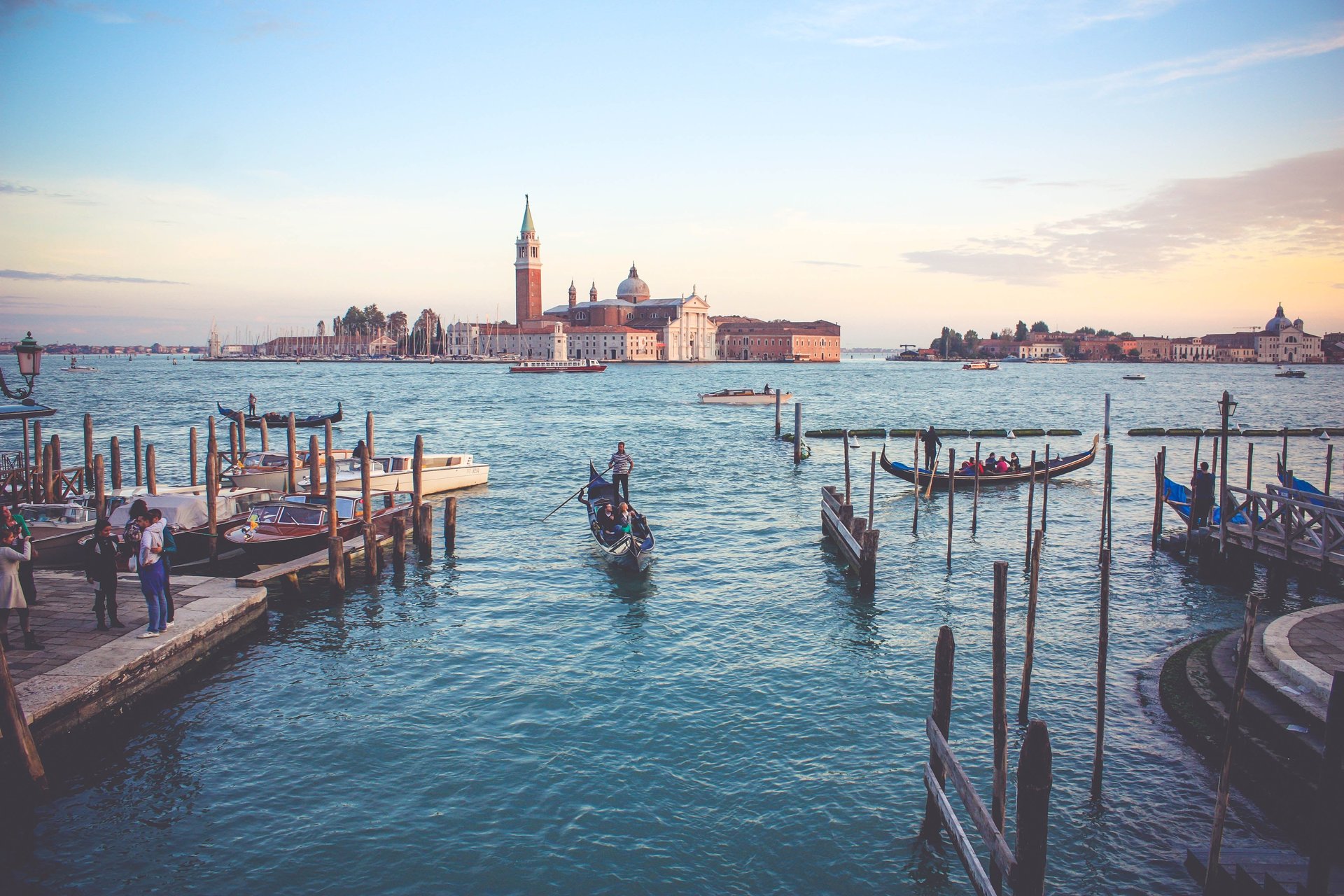Expecting tourists to pay more than locals can be controversial—but it’s the right thing to do
It was recently reported that cafes in Bruges charge tourists 10% more than locals for chips. Explained as “discount for customer loyalty,” tourists automatically end up in a higher price bracket.


It was recently reported that cafes in Bruges charge tourists 10% more than locals for chips. Explained as “discount for customer loyalty,” tourists automatically end up in a higher price bracket.
This reminded me of a conversation I overheard between two tourists in Sicily who felt they were regarded as “walking wallets” by local shop owners, a sentiment I often hear hinted at by holidaymakers when walking foreign streets. As the summer holiday season fast approaches, it’s perhaps timely to question the ethics behind inflated prices for tourists.
Tourism has long been regarded as a vehicle of economic prosperity and source of increased revenue. It is one of the world’s largest industries, with a global economic contribution of over US$7.6 trillion (£5.8 trillion). The United Nations World Tourism Organisation forecasts that by 2030, the number of international tourist arrivals will reach 1.8 billion. With one in ten jobs on the planet reliant on tourism (that’s 292m people) and an equivalent worth of 10% global GDP, there is little wonder that host communities want to make the most of the opportunities it brings.
One of the most famous places for hiking prices up for visitors is Venice. The city’s “two-tier system” became so extreme that a complaint reached the European Commission in 2015 which claimed discriminatory practices against tourists—the complaint was rejected. And when Thailand planned to introduce national park fee increases in 2015 it was clear that the higher prices would fall on holidaymakers rather than local people. The increased fees for “foreign adults and children” came into effect from February 2015.
Such differential pricing may seem unfair. But if locals had to start paying the same prices as tourists, it’s likely that many of them would be prevented from enjoying heritage sites in their own communities. Many would be priced out of their own homes. Their wages are rarely anywhere close to the levels of their traveling guests.
Travel guidebooks are the first to warn you “not to pay the price first given” in local markets. I have to admit, I have often tried to “look like a local” by hiding my camera to avoid “tourist prices”. But this is a moral argument: a willingness to pay higher prices may actually represent a more responsible approach to travel.
Paying our way
A two-tier tourism payment system, where locals are charged less for the same product, may be one way of implementing sustainable tourism practices and protecting valuable resources. We should consider the longer-term impact on valuable resources caused by large numbers of people passing through a location for short intense periods of time, often simply to take a photo (before getting back on their large tour buses).
Issues of sustainability must be coupled with increased awareness of local reliance on tourism where traditional industries have declined and natural resources are depleted. Expecting tourists to pay a little more to protect and maintain the sites they enjoy is morally defensible—whether this be Bruges, Venice, or Thailand.
A form of “tourist tax” on food, accommodation and attractions may seem unfair (even discriminatory), but tourism shouldn’t be a one-way transaction. Foreign visitors often place significant pressure on scarce and limited resources at certain times of the year. We all need to recognize this impact. The concept of “pro-poor tourism” is one approach. This strategy encourages us to view tourism as a tool of poverty alleviation, especially in some countries that have few other natural resources or export markets.
The ability of tourist spending to bring about social, cultural and economic benefits should not be underestimated. A generous tip or willingness to pay more goes some way in acknowledging the strain (and damage) that tourists can put on fragile infrastructures and communities.
Ripped off
Recognizing the positive contribution that tourists can make is important, but of course one needs to be aware when informal “tourist taxes” and inflationary practices become exploitative and fraudulent. When a family in Rome was charged £54 for four ice creams, it made international newspapers, prompting concerns about the way some operators hike the price up for visitors.
But the example is extreme—and a simple price check before purchase would have helped the family avoid this unfortunate situation. Perhaps more worrying has been the rise of sophisticated scams involving switching goods, acts of deception, and false stories of hardship to elicit money from unsuspecting visitors.
There are inevitably going to be hidden and additional costs associated with being a tourist. Some are justified. A degree of sensitivity to local needs and social responsibility towards helping replenish resources and repair damage needs to be balanced against naivety (and sometimes stupidity) in our holiday transactions.
This article was originally published on The Conversation. Read the original article.